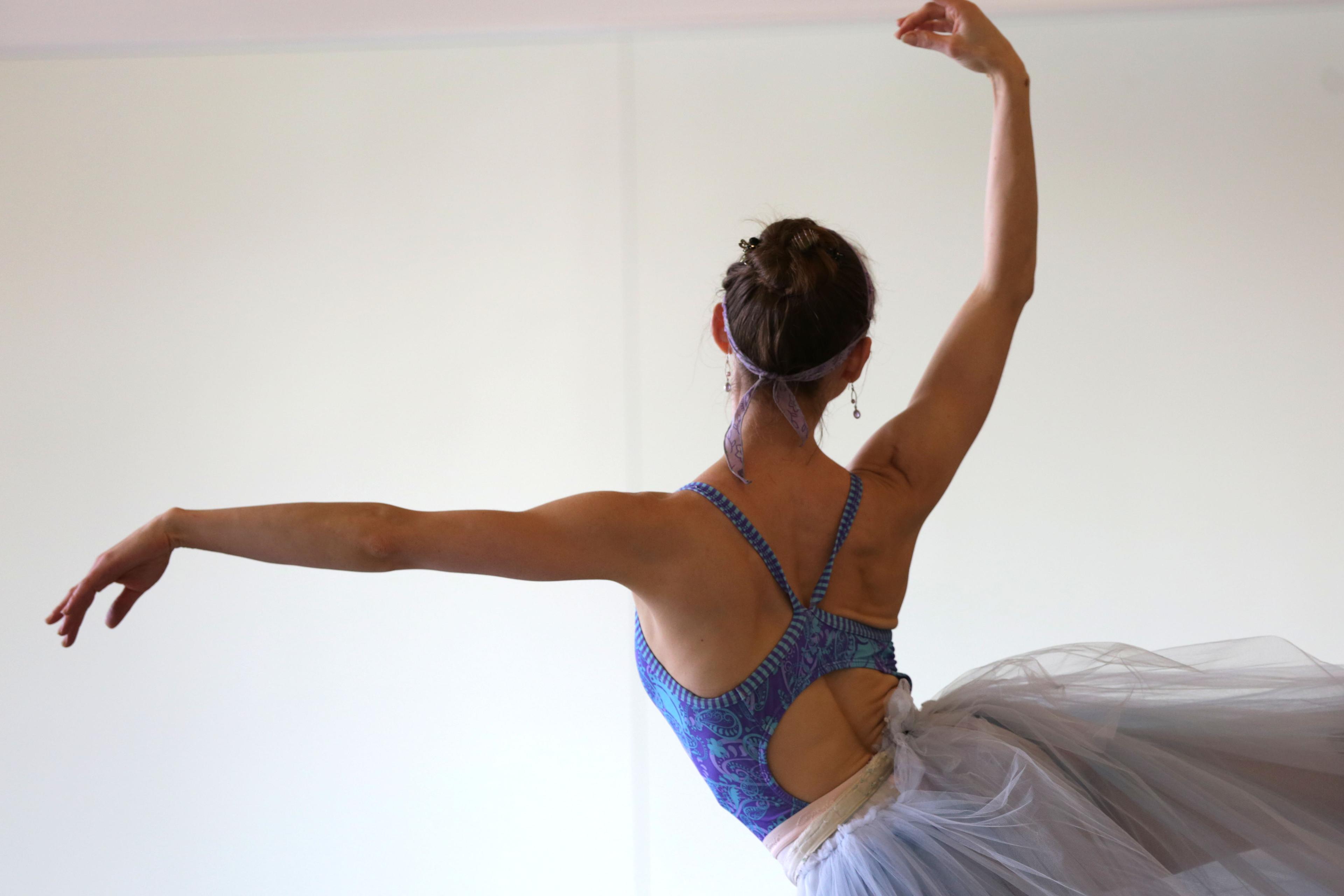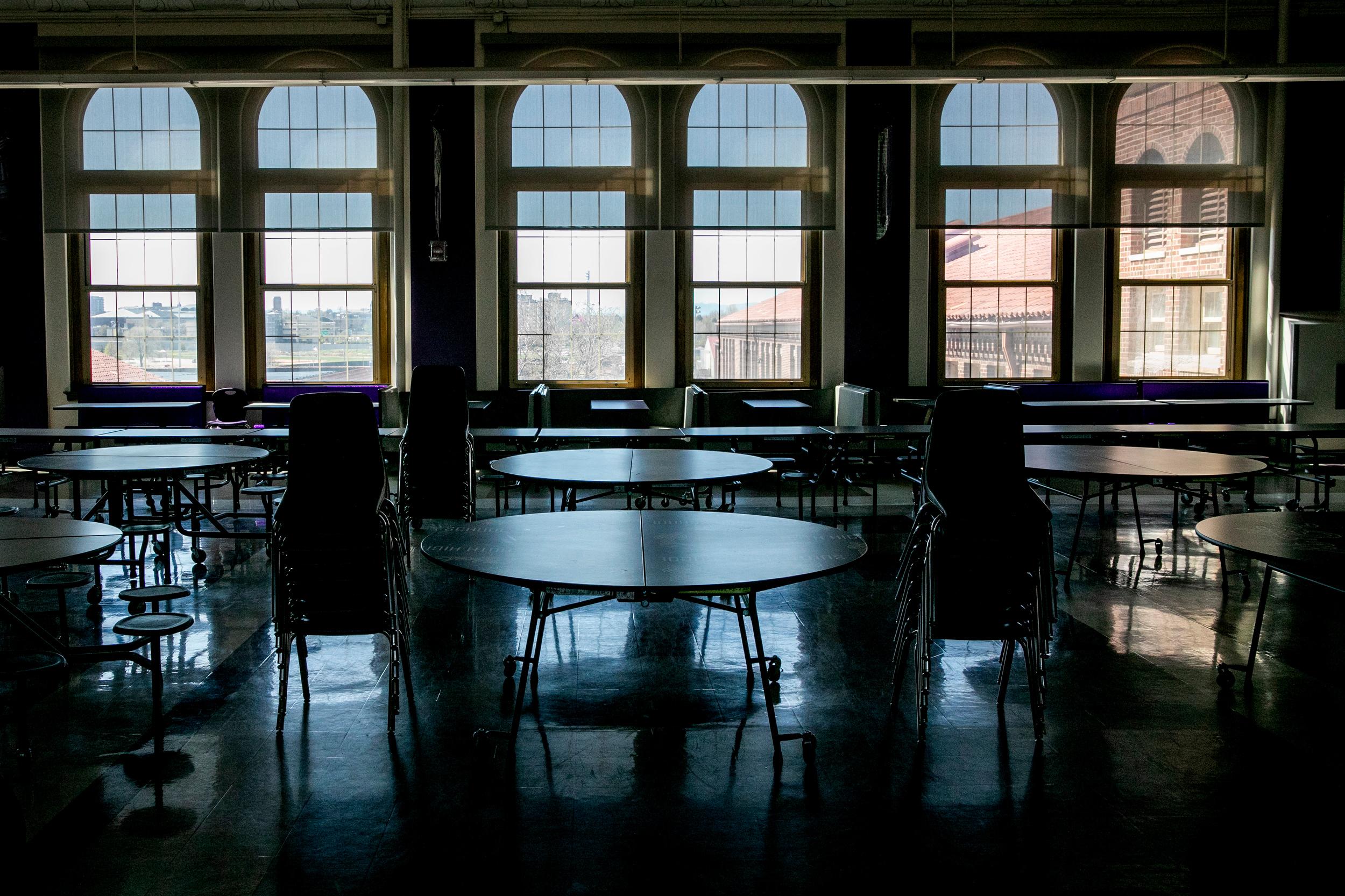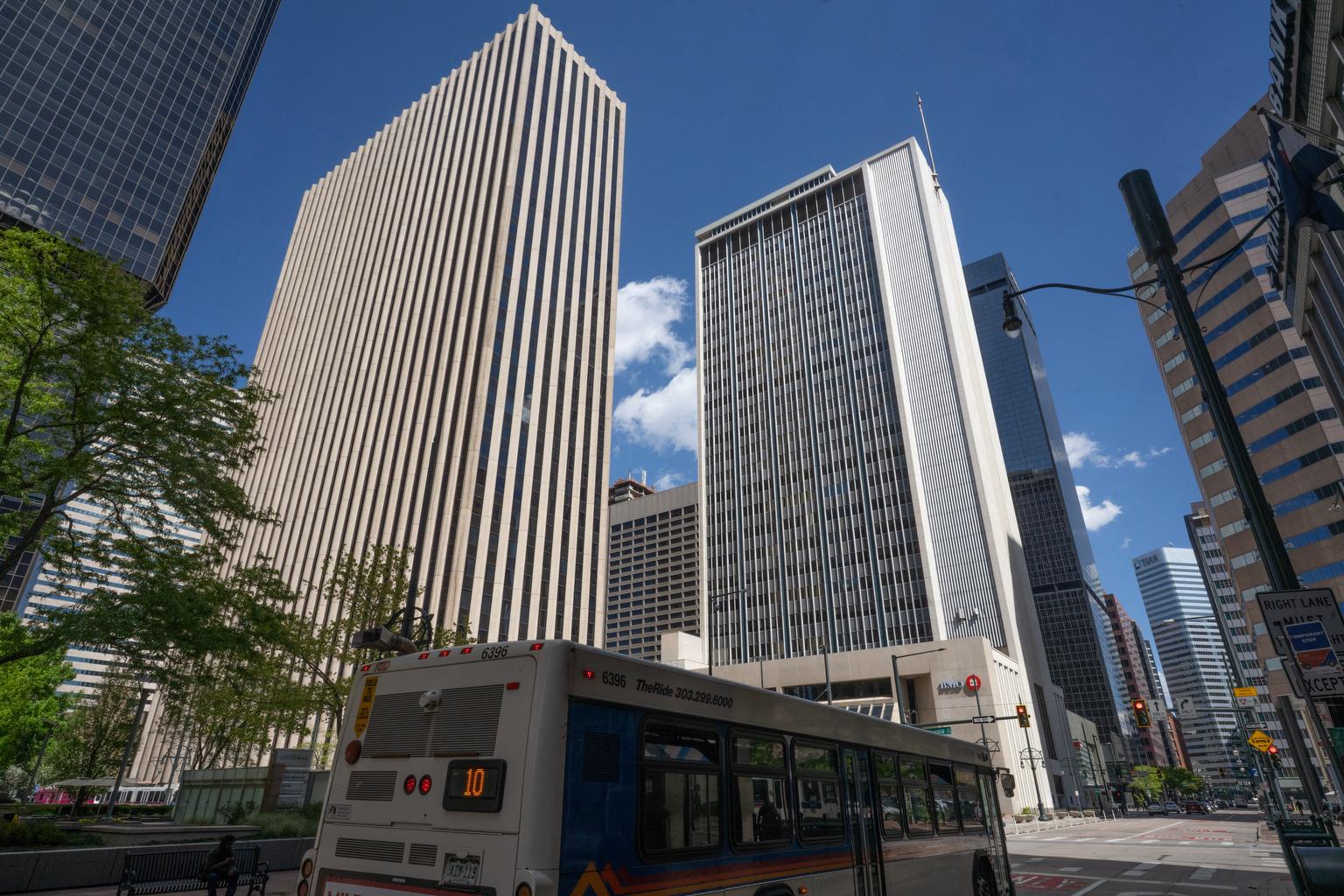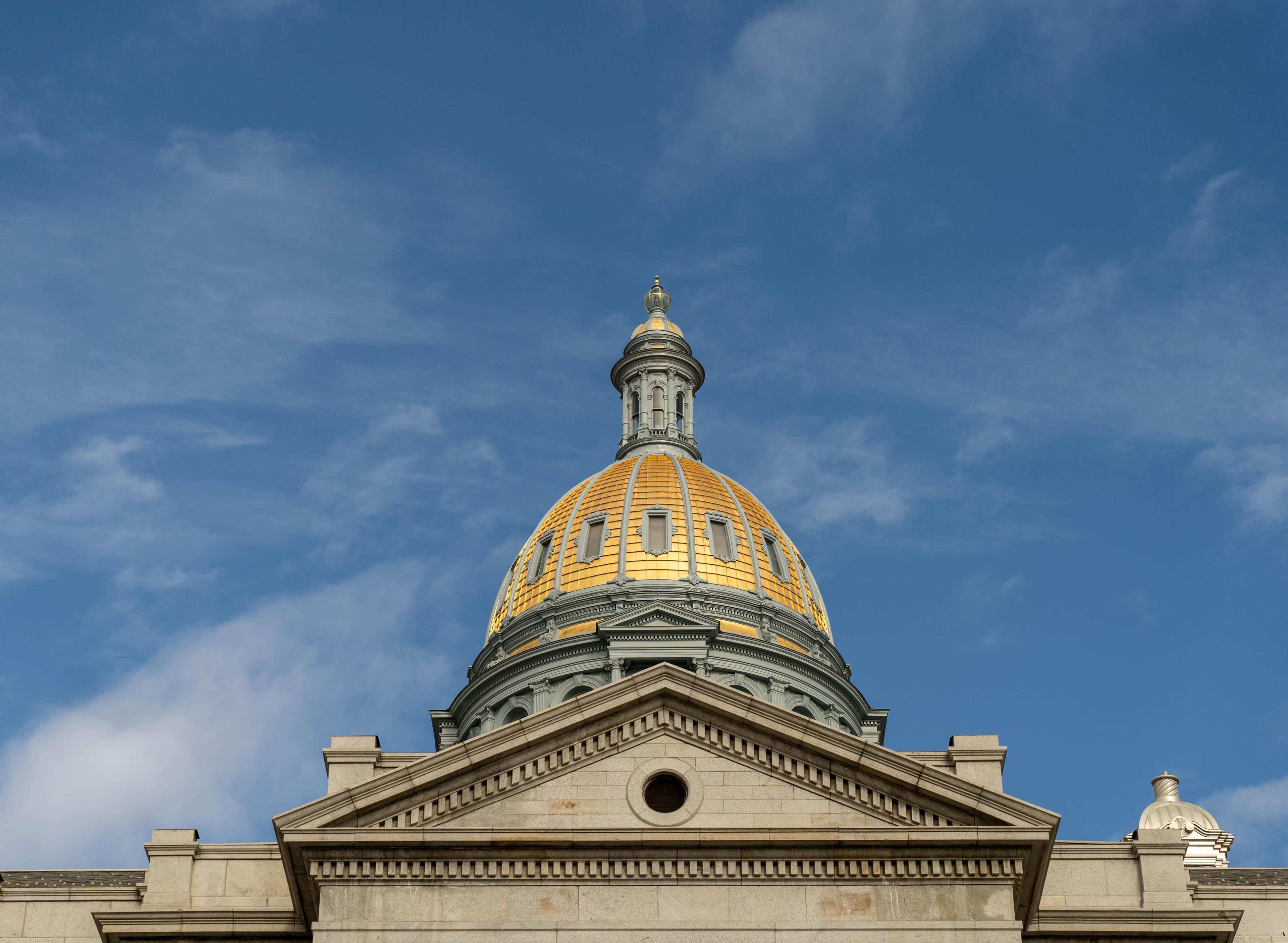

That’s according to the Colorado Business Committee for the Arts (CBCA), which has released its economic report every other year since 1993 about organizations within the Scientific and Cultural Facilities District, which covers seven counties from Boulder to Douglas.
SCFD is funded by a 0.1 percent sales and use tax voters in the district. Voters there will be asked to renew the tax this November. Last year SCFD distributed $54.3 million to around 270 organizations.
“When I started at CBCA and even before, people weren’t thinking about arts and economic development,” says executive director Deborah Jordy, who started with the nonprofit in 2004. “It’s really grown into a much larger discussion of how the arts are an indicator of jobs, of philanthropy, of workforce engagement.”
The Big Takeaways
Cultural tourism -- defined as visitors from outside the Denver area who come to SCFD-funded institutions -- has increased. The report indicates the number of these arts patrons accounted for 18 percent of attendance in 2015, while overall attendance dropped 1.8 percent to 13.9 million.
“The arts organizations in the metropolitan area have gotten much more accurate and defined at how they track their visitors,” Jordy says.
Jobs and payroll also went up to 10,731 and $165.2 million respectively.
“We reached close to pre-recession numbers, which is significant,” Jordy says. “What that tells us is that it’s a stable industry.”
But here’s the thing: Only 2,071 of those positions are full-time, whereas nearly half are contract employees and the rest are part-time.
“This isn’t a salary survey, this is an aggregate looking at the total jobs in the community,” Jordy says.
The report also finds that total economic activity and economic impact dropped slightly, in the one to two percent range. That’s largely because of less capital expenditures -- put more simply, less building construction and renovation, Jordy says.
“We had so many new buildings coming online prior to this study, such as the PACE Center in Parker and the Lone Tree Arts Center,” she says. “During this two year period, we had much less spending on capital, only $55 million.”
How The CBCA Collects Its Data
The data comes from surveys filed by organizations within the Scientific and Cultural Facilities District, but Jordy says the report does not serve as advocacy for the district.
“It’s not a political tool,” she says. “We use this data year over year to analyze key indicators so that we can accurately talk about the social and economic impact of the arts in our area.”
Independent consultants help to crunch the numbers and verify the report, which uses multiplier data from the U.S. Department of Commerce Bureau of Economic Analysis.
“We work with analysts who have developed the model with Deloitte Consulting,” Jordy says. “And then it’s vetted by the Denver Metro Chamber of Commerce.”
The benefit to pulling data from SCFD, Jordy says, is that it’s consistent and has a perfect return rate. But the approach does have its limitations, she adds.
“In a perfect world, we would love to analyze all the arts organizations, whether they’re in the SCFD district or not, and all the creative industries,” she says. “There’s a lot of creative activity going on in the metro area that’s not included in our study.”








